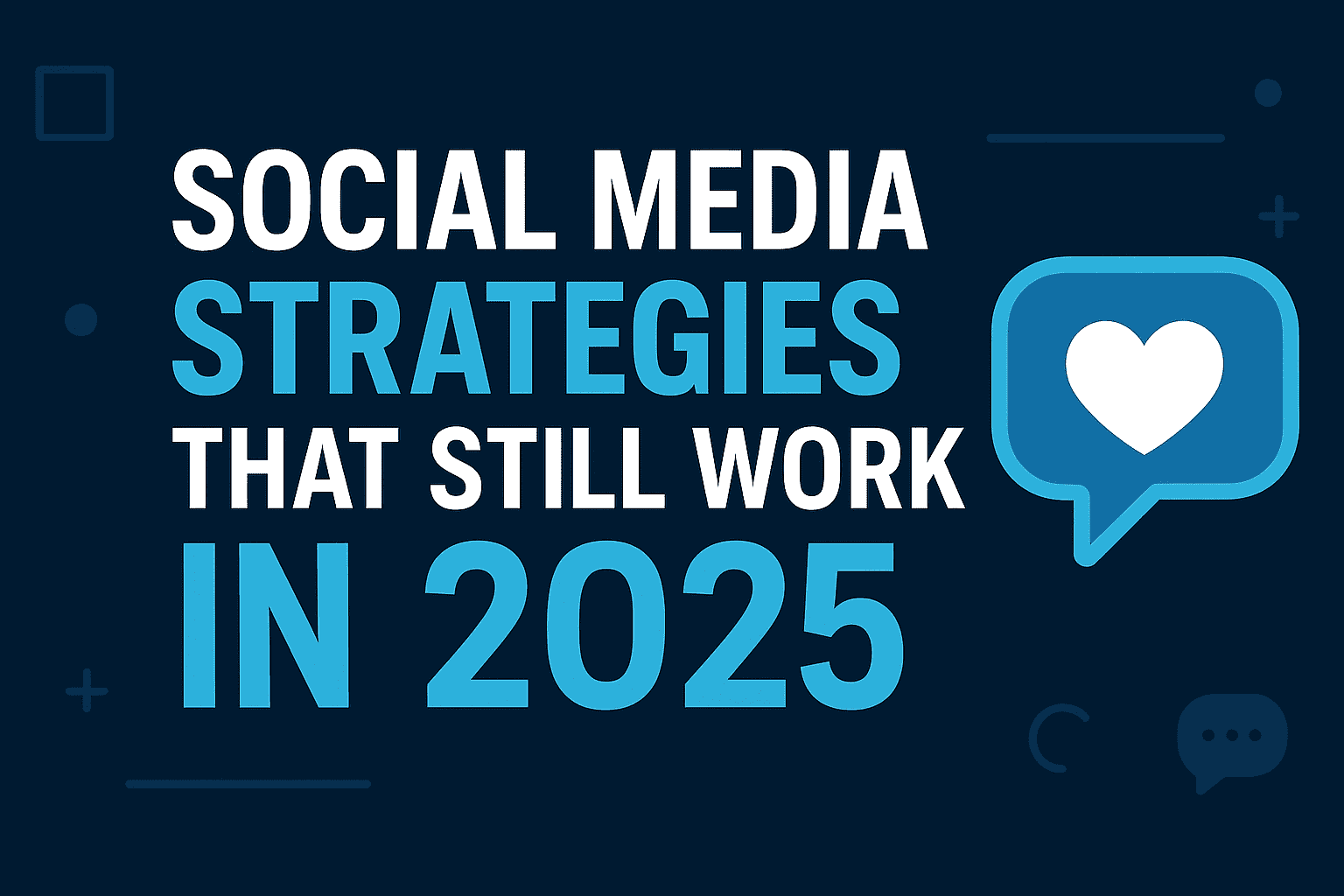Saving money doesn’t always mean cutting out the things you love. It’s about being smarter with your finances and finding simple ways to keep more cash in your pocket. Whether you’re saving for a big purchase, building an emergency fund, or just want to stop living paycheck to paycheck, these 10 proven hacks will help you save money efficiently.
1. Track Your Spending 📊
You can’t save if you don’t know where your money is going. Use a budgeting app or even a notebook to track every expense. You’ll be surprised how quickly small daily purchases add up.
👉 Example: That $5 coffee every morning? That’s $150/month!
- Know Where Your Money Goes – Tracking shows exactly how much you spend and on what.
- Spot Wasteful Spending – Helps identify subscriptions, fees, or habits draining your budget.
- Set Smarter Goals – Easier to plan savings, debt payoff, or investments when you see your spending clearly.
- Stay Accountable – Keeps you disciplined and reduces impulse purchases.
- Use Simple Tools – Budgeting apps, bank alerts, or even a notebook can make tracking easy.
- Review & Adjust Regularly – Monthly check-ins help you stay on track and improve over time.
2. Create a Realistic Budget 💡
A budget gives you control over your money. Break down your income into needs (50%), wants (30%), and savings (20%) using the 50/30/20 rule. Adjust it based on your lifestyle, but always make sure saving is a priority.
- Know Your Income – Start by calculating your exact monthly take-home pay.
- List All Expenses – Include fixed costs (rent, bills) and variable ones (food, entertainment).
- Set Priorities – Cover essentials first, then allocate for savings and lifestyle choices.
- Be Honest with Yourself – Don’t underestimate spending—be realistic about habits.
- Use the 50/30/20 Rule – 50% needs, 30% wants, 20% savings or debt repayment.
- Track & Adjust Regularly – Review your budget monthly and tweak as life changes.
3. Automate Your Savings 🏦
Set up an automatic transfer from your checking account to your savings account right after payday. When saving is automatic, you’re less tempted to spend the money.
👉 Pro Tip: Even $100/month becomes $1,200/year without effort.
- Pay Yourself First – Set savings aside before spending on anything else.
- Use Automatic Transfers – Schedule transfers from checking to savings each payday.
- Build Emergency Fund – Automating helps you consistently grow a safety net.
- Save for Goals – Create separate accounts for travel, retirement, or big purchases.
- Take Advantage of Employer Plans – Contribute automatically to RRSPs, pensions, or retirement accounts.
- Stay Consistent, Stress-Free – Automation removes temptation and makes saving effortless.
4. Cook at Home More Often 🍳
Eating out is convenient but expensive. Preparing meals at home not only saves money but is often healthier too. Meal-prepping for the week can cut your food budget nearly in half.
- Save Money – Home-cooked meals cost less than eating out or ordering takeout.
- Healthier Choices – You control ingredients, portions, and cooking methods.
- Plan Ahead – Meal prepping saves time and reduces last-minute fast-food runs.
- Boost Creativity – Trying new recipes makes cooking fun and exciting.
- Family Bonding – Cooking together strengthens relationships and creates memories.
- Reduce Waste – Using groceries wisely helps cut down on food waste.
5. Cancel Unused Subscriptions 📺
Streaming services, gym memberships, apps—you may be paying for things you don’t use. Review your bank statements and cancel what you don’t need.
👉 Hack: Use free tools like Truebill or Mint to find hidden recurring charges.
- Spot Hidden Costs – Many small subscriptions quietly drain your budget.
- Review Monthly Statements – Check for charges you forgot about or no longer use.
- Prioritize Value – Keep only the services you truly use and enjoy.
- Use Tracking Apps – Tools can help identify recurring payments automatically.
- Redirect Savings – Money saved can go toward debt, savings, or investments.
- Stay Organized – Make it a habit to review subscriptions every few months.
6. Buy in Bulk (Wisely) 🛒
Items like rice, pasta, toiletries, and cleaning supplies are cheaper when bought in bulk. Just make sure they won’t expire before you use them.
- Save Money Over Time – Bulk purchases often cost less per unit.
- Focus on Essentials – Buy non-perishables, cleaning supplies, or household staples.
- Avoid Food Waste – Only buy perishable items in bulk if you can store or consume them before expiry.
- Check Storage Space – Make sure you have room to keep bulk items properly.
- Compare Prices – Bigger packages aren’t always cheaper—calculate unit costs.
- Plan Ahead – Bulk buying works best when tied to a meal plan or family needs.
7. Use Cashback & Reward Programs 🎁
Take advantage of cashback apps, credit card rewards, and loyalty programs. They give you money back for purchases you were already going to make.
👉 Example: A 2% cashback card gives you $200 back for every $10,000 spent.
- Earn While You Spend – Get a percentage back on everyday purchases.
- Maximize Rewards – Use credit cards or apps that align with your shopping habits.
- Stack Benefits – Combine cashback with coupons, sales, or promo codes.
- Redeem Smartly – Apply rewards toward bills, travel, or future purchases.
- Stay Organized – Track points, expiry dates, and reward categories.
- Avoid Overspending – Don’t buy extra just for rewards—stick to your budget.
8. Shop Smart with Discounts 🛍️
Never pay full price! Look for discounts, use coupon codes, or wait for seasonal sales. Apps like Honey and Rakuten can automatically apply coupons while you shop online.
- Look for Sales & Promotions – Take advantage of seasonal or holiday discounts.
- Use Coupons & Promo Codes – Apply digital or paper coupons to cut costs instantly.
- Compare Before Buying – Check prices online and in-store to ensure real savings.
- Join Loyalty Programs – Many stores offer member-only deals and points.
- Buy Off-Season – Purchase clothes, electronics, or décor when demand is low.
- Avoid Impulse Buys – Discounts are great, but only if you’re buying what you truly need.
9. Cut Utility Bills 🔌
Small changes can save big:
- Switch to LED bulbs 💡
- Unplug devices not in use 🔌
- Adjust your thermostat a few degrees 🌡️
👉 Result: You could save $50–$100/month on electricity.
10. Focus on Long-Term Savings 📈
Think beyond short-term habits. Invest in retirement accounts (like RRSP/401k), open a high-interest savings account, or start low-risk investments. The earlier you start, the more your money grows.
- Think Beyond Today – Saving for retirement, education, or a home builds lasting security.
- Set Clear Goals – Define what you’re saving for (retirement fund, kids’ education, investments).
- Start Early – The sooner you save, the more you benefit from compound growth.
- Automate Contributions – Consistent deposits make long-term savings easier.
- Diversify Investments – Mix savings accounts, retirement plans, and low-risk investments.
- Review Progress Regularly – Adjust your savings plan as income or goals change
Saving money doesn’t mean living miserably—it means spending smarter. By applying these 10 money-saving hacks, you’ll reduce wasteful spending, grow your savings, and enjoy more financial freedom.
💰 Start small today, and watch your savings grow tomorrow!









